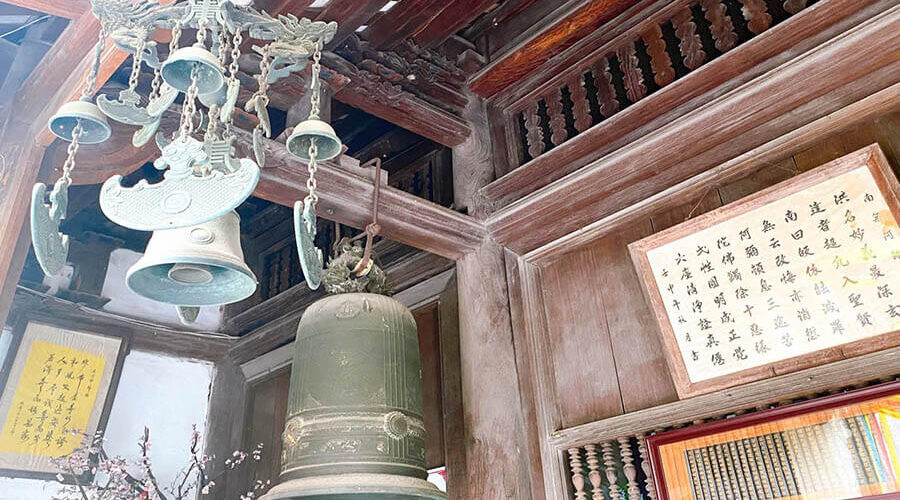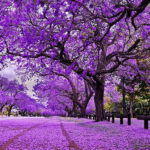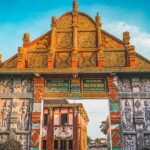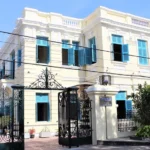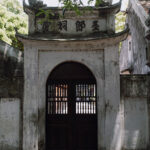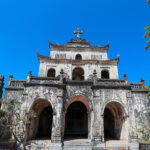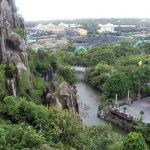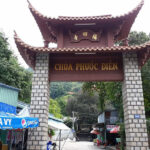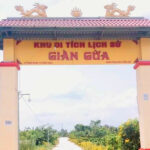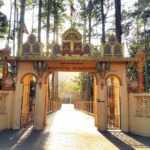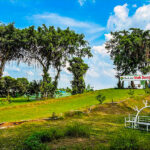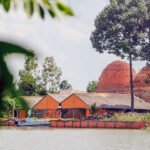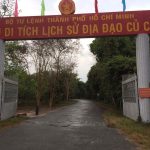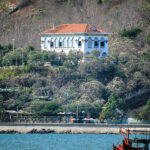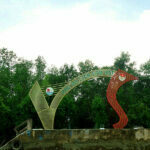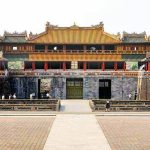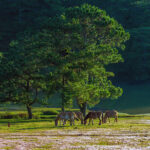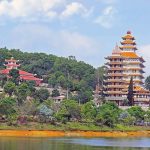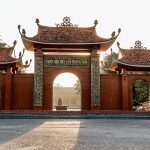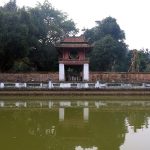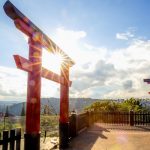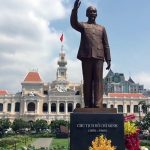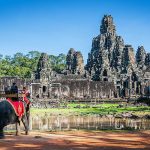Du Hang Pagoda in Hai Phong is one of the oldest pagodas in Vietnam and was built during the Early Le Dynasty. Currently, the pagoda is a famous spiritual tourist destination in Hai Phong with ancient architecture and preserving many artifacts of important historical value.
Overview about Du Hang Pagoda
Du Hang Pagoda, named by scholar Phuc Lam Tu, is located in Du Hang Ward, Le Chan District, 2km south-west of the centre of Hai Phong. This is an ancient pagoda with a history of hundreds of years, built during the Early Le Dynasty (980 – 1009).
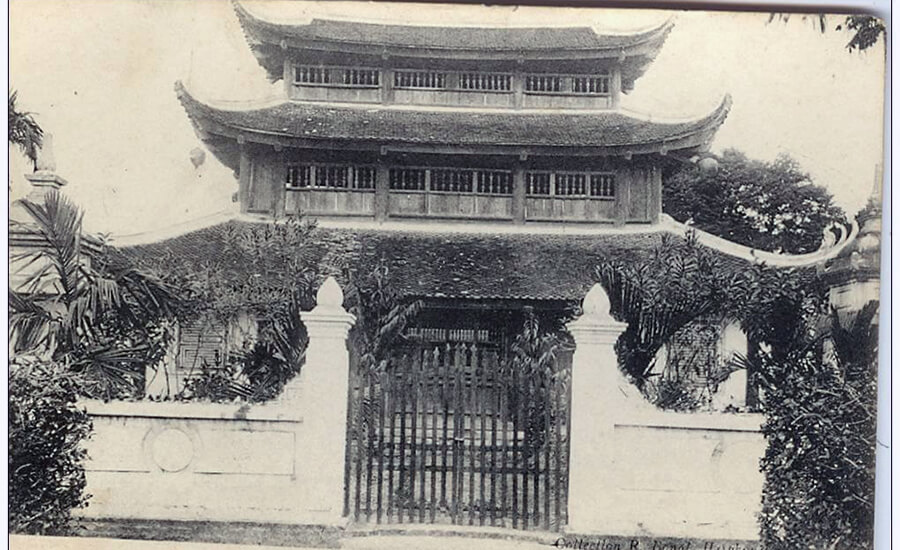
Emperor Tran Nhan Tong, a devout Buddhist, used to preach at the pagoda. The pagoda has undergone repair and restoration on several occasions. During the reigns of Emperor Le Gia Tong (1672) and Thanh Thai of the Nguyen Dynasty (1899), the pagoda was restored and a bell tower was added. In 1917, the pagoda was built with a library, a statue garden, and a tower garden, and the pagoda’s architecture has been maintained to this day.

Du Hang Pagoda was also the revolutionary site of the Communist Party of Vietnam during the pre-1945 uprising. In 1926, a large number of monks, nuns, Buddhists and students… held a memorial service for patriot Phan Chu Trinh right at the pagoda. After the August Revolution (1945), the pagoda was also the place where the launching ceremony of the Hai Phong Association for National Salvation of Buddhist Monks took place.
In 1986, Du Hang Pagoda was ranked by the State as a national historical and cultural relic.
Architecture of Du Hang Pagoda
The pagoda was built in the shape of the letter “丁”, with the ancestral house on both sides, a beautiful three-door gate in front, and a large yard inside. The pagoda has a 5-room, 3-storey bell tower, with a curved roof hanging a large bronze spike, with the inscription meaning the bell of Phuc Lam Pagoda.

The front hall is separated from the bell tower by a large yard, on the right are the 5-room ancestral house, the reception house and the horizontal house, on the left is the 5-room rear house. The front hall has seven compartments built in the style of gong-shaped trusses. In the front yard of the front hall is a large bronze incense burner. The five upper chambers are also built of wood, with delicately carved trusses. The Buddha Hall still preserves many valuable ancient Buddha statues, with precise shapes such as the Three Buddha, the Dharma Protector statue, the Three Early Patriarchs of Truc Lam sect…

The interior of the Buddha Hall is decorated with many horizontal lacquered boards, parallel sentences, and brilliant gilded red-lacquered doors, with soft lines and sophisticated techniques, expressed through the themes of flowers, leaves, plants, and animals in the Nguyen Dynasty art style of the late 19th and early 20th centuries.
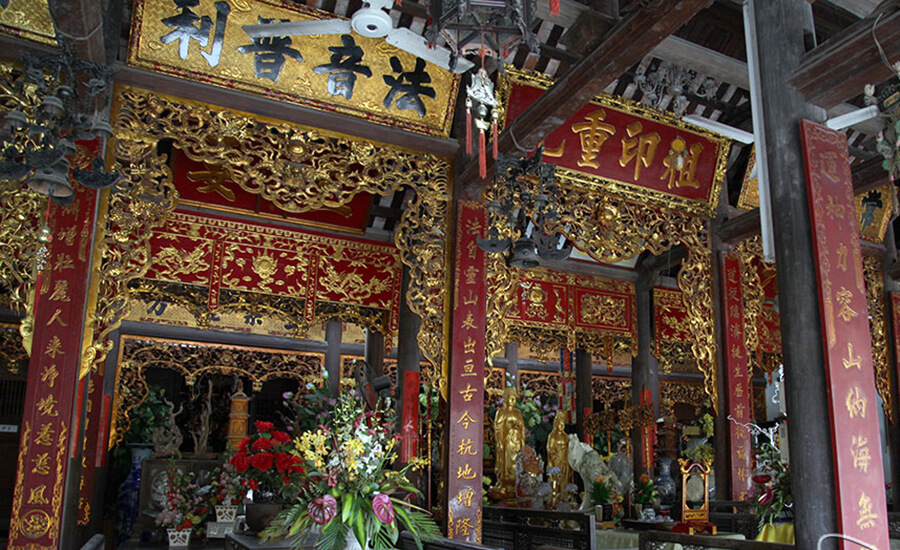
The front hall of the Buddha Hall is decorated with many relief carvings on the doors, many familiar themes: flowers, dragons and clouds… expressing the people’s wishes for “favorable weather, lush vegetation”, and a wooden carving depicting the scene of Xuanzang and his disciples on their way to the West to obtain sutras.
Discovering antiques and historical artifacts in the pagoda
Currently, Du Hang Pagoda still preserves many valuable relics such as bells, gongs, bronze urns, decorative ceramic and green stone objects, and especially the book of the Trang A Ham Sutra, an ancient document on Buddhist teachings passed down from many generations of abbots.

Trang A Ham sutra
In the quiet tower garden, shaded by lush ancient trees, in addition to the group of tower tombs of the deceased monks in the pagoda, there are also tower tombs containing the relics of the founders of the Truc Lam Yen Tu Zen sect, the tower of monk Chan Huyen and many monks who once presided over Du Hang Pagoda.

Source: collected by An
Follow us for the best deal with Vietnam package tours and visa services!








